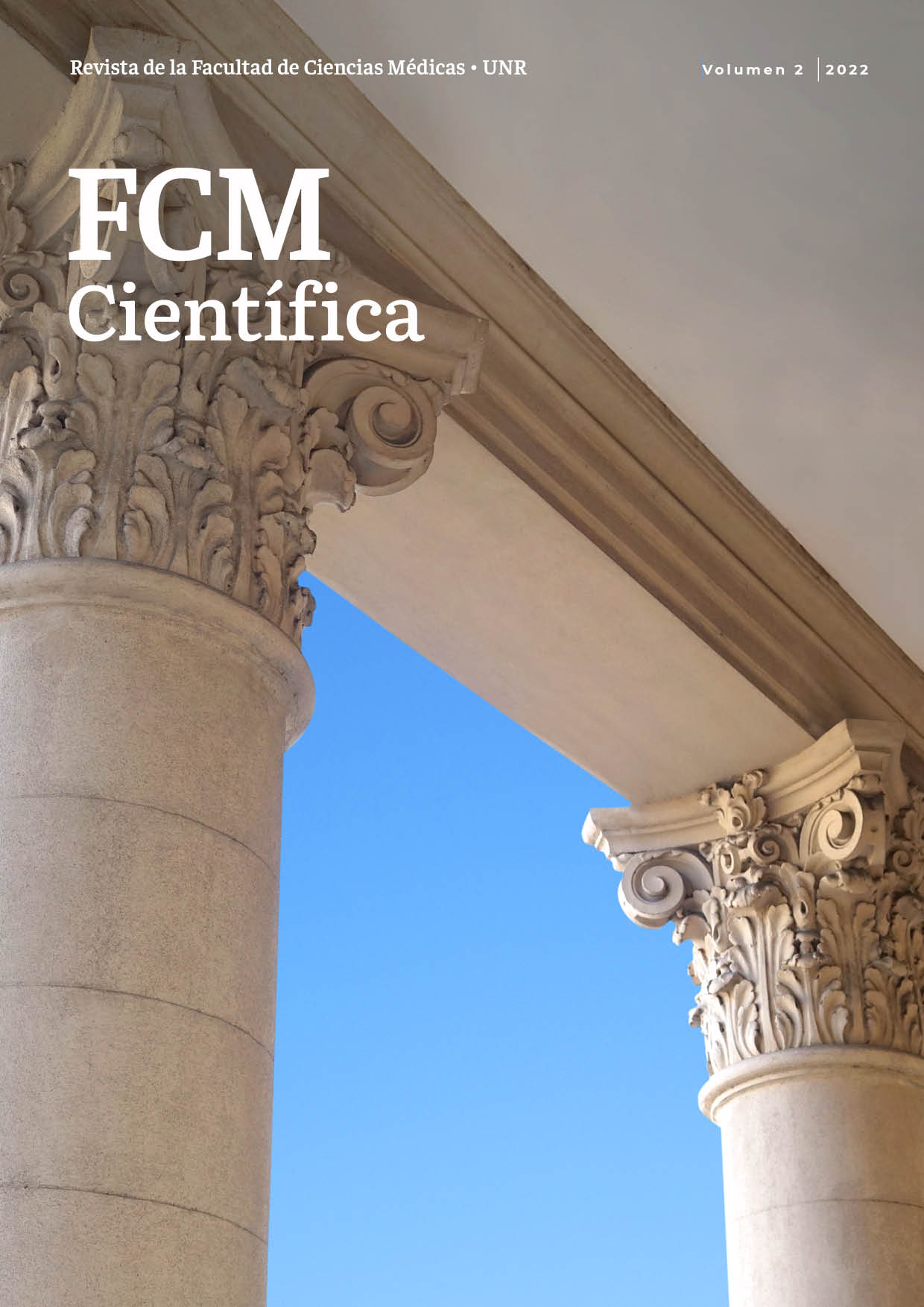Bone ‘mechanostat’, directionality, and ancestral genes
DOI:
https://doi.org/10.35305/fcm.v2i.58Keywords:
Bone biomechanics, Bone structure, Competitivity, Evolution, Fibula, Bone mechanostatAbstract
All mobile bones auto-control their structural stiffness (and hence their ultimate strength) thanks to a feedback mechanism which operates at the cellular and tissue levels of complexity, known as ‘bone mechanostat’. This system was proposed by HM Frost as adapted to maintaining a ´safety factor’ of about 6-10 concerning fracture risk with respect to the reaction of bone structure to maximal physiological efforts. Recent studies suggest that the scope of the alluded regulatory function of bone mechanostat could be enhanced, including the control of other bone structural properties which are more related to survival (i.e. ´selectively positive’) than to fracture risk. The new idea points out the importance of directionality concerning the therapeutic mechanical stimulation of bones. The available criteria to propose the above idea are exposed, supported by our as well as others’ arguments.
Downloads
Downloads
Published
How to Cite
Issue
Section
License
Copyright (c) 2022 Revista de la Facultad de Ciencias Médicas. Universidad Nacional de Rosario.

This work is licensed under a Creative Commons Attribution-NonCommercial 4.0 International License.







